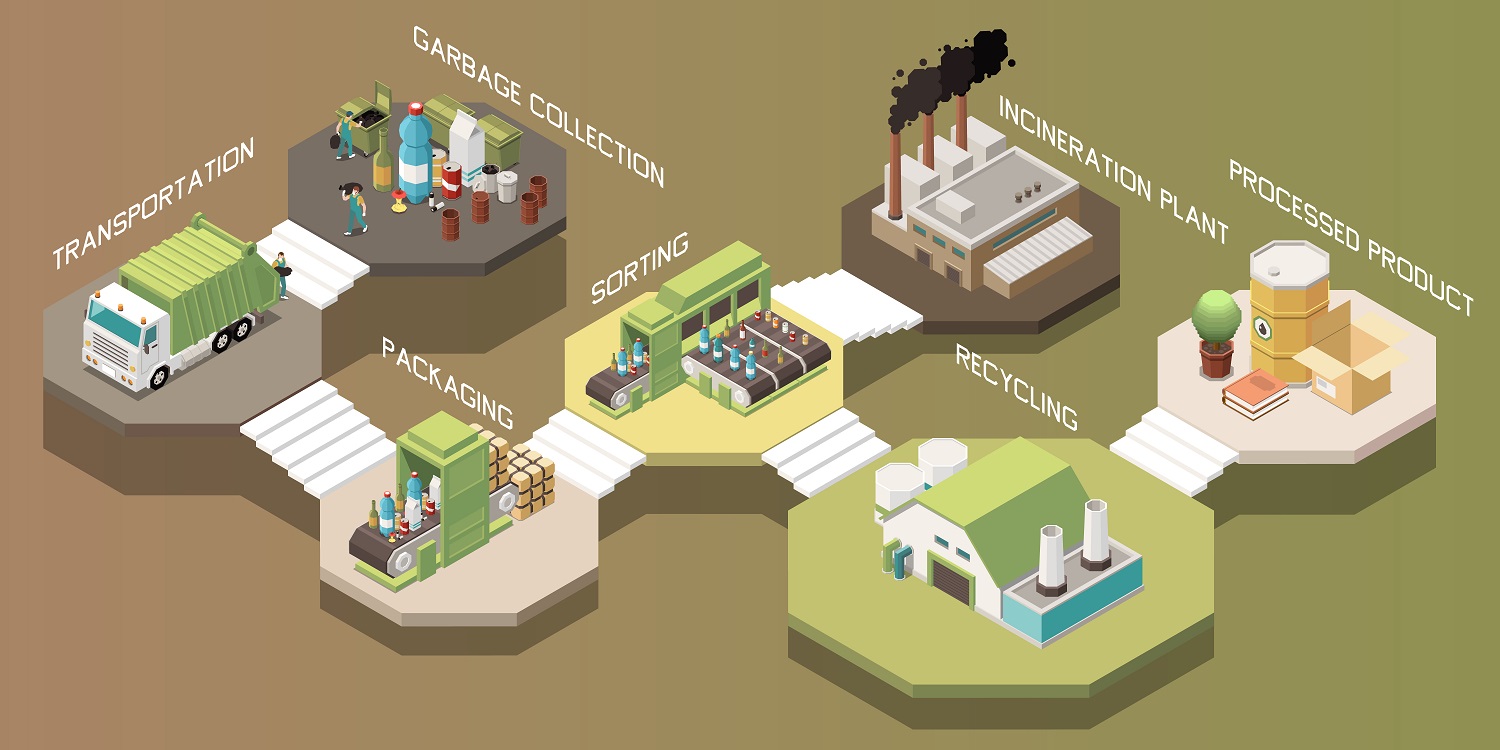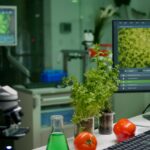Agrochemicals play a vital role in modern agriculture, ensuring food security and improved crop yields. But before they reach the fields, these essential products go through a meticulous journey from manufacturing to application. Understanding this process helps farmers, agronomists, and consumers appreciate the science, quality control, and innovation behind every bottle of pesticide or bag of fertilizer.
- Research and Development (R&D)
The journey begins in the lab, where scientists and chemists develop new formulations to address pests, diseases, and soil deficiencies. Extensive research is conducted to ensure the effectiveness, safety, and environmental compatibility of the agrochemicals. Regulatory approvals and rigorous testing are required before any product is deemed suitable for commercial production.
- Manufacturing and Formulation
Once a formulation is approved, it moves to large-scale manufacturing. Precision in chemical composition is crucial to ensure consistency and effectiveness. Agrochemical production facilities follow strict environmental and safety regulations to minimize emissions, waste, and contamination.
During formulation, active ingredients are blended with carriers, stabilizers, and surfactants to enhance application efficiency. These formulations are then packaged in various forms—liquids, powders, granules, or coated seeds—depending on their intended use.
- Quality Control and Testing
Before agrochemicals leave the factory, they undergo rigorous quality control testing. This includes checks for purity, stability, and effectiveness under different environmental conditions. Regulatory bodies often mandate compliance with global safety standards, ensuring that the products farmers receive are safe and reliable.
- Distribution and Logistics
After passing quality checks, the products are dispatched to distributors and retailers. This phase involves careful handling and storage to maintain the integrity of the agrochemicals. Supply chain efficiency is critical to ensure timely delivery, especially during peak farming seasons when demand is highest.
- Farmer Education and Application
Farmers receive agrochemicals through dealers and agronomists who provide guidance on proper application techniques, dosage, and safety measures. Sustainable and responsible usage is encouraged to prevent overuse, environmental damage, and resistance build-up in pests and weeds.
- Monitoring and Environmental Impact
Even after application, agrochemical effectiveness and environmental impact are continuously monitored. Research institutions and regulatory bodies conduct field studies to assess soil health, water contamination risks, and pest resistance trends. This data helps improve future formulations and farming practices.
Conclusion
From research labs to farm fields, agrochemicals undergo a rigorous process to ensure they are safe, effective, and beneficial to agriculture. Understanding this journey reinforces the importance of responsible usage and innovation in sustaining global food production. As technology advances, the agrochemical industry continues to evolve, offering smarter, safer, and more sustainable solutions for modern farming.







